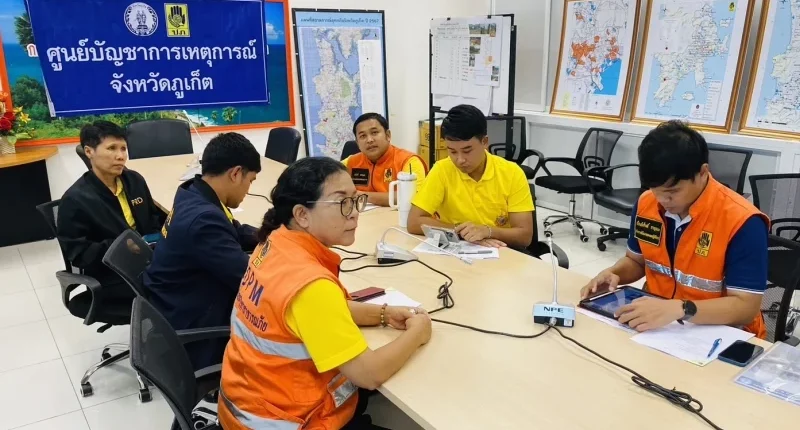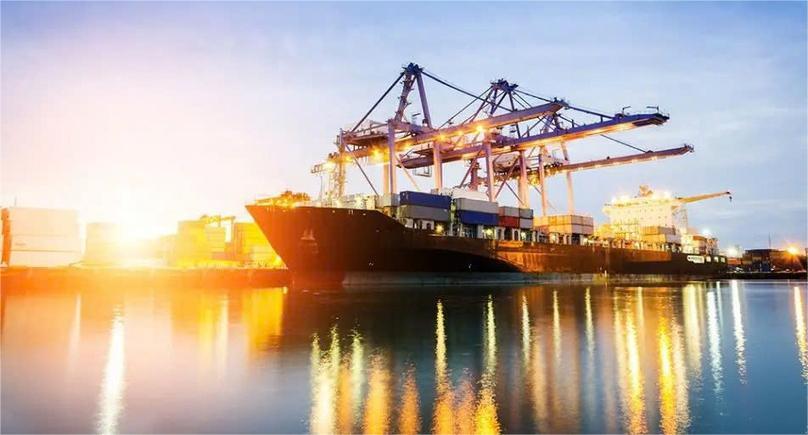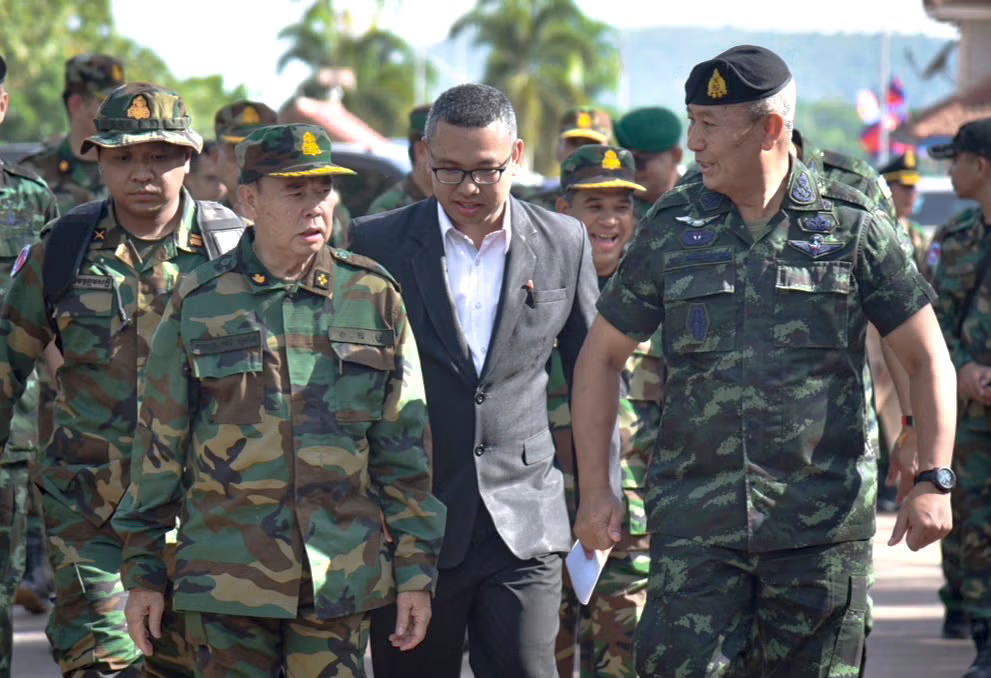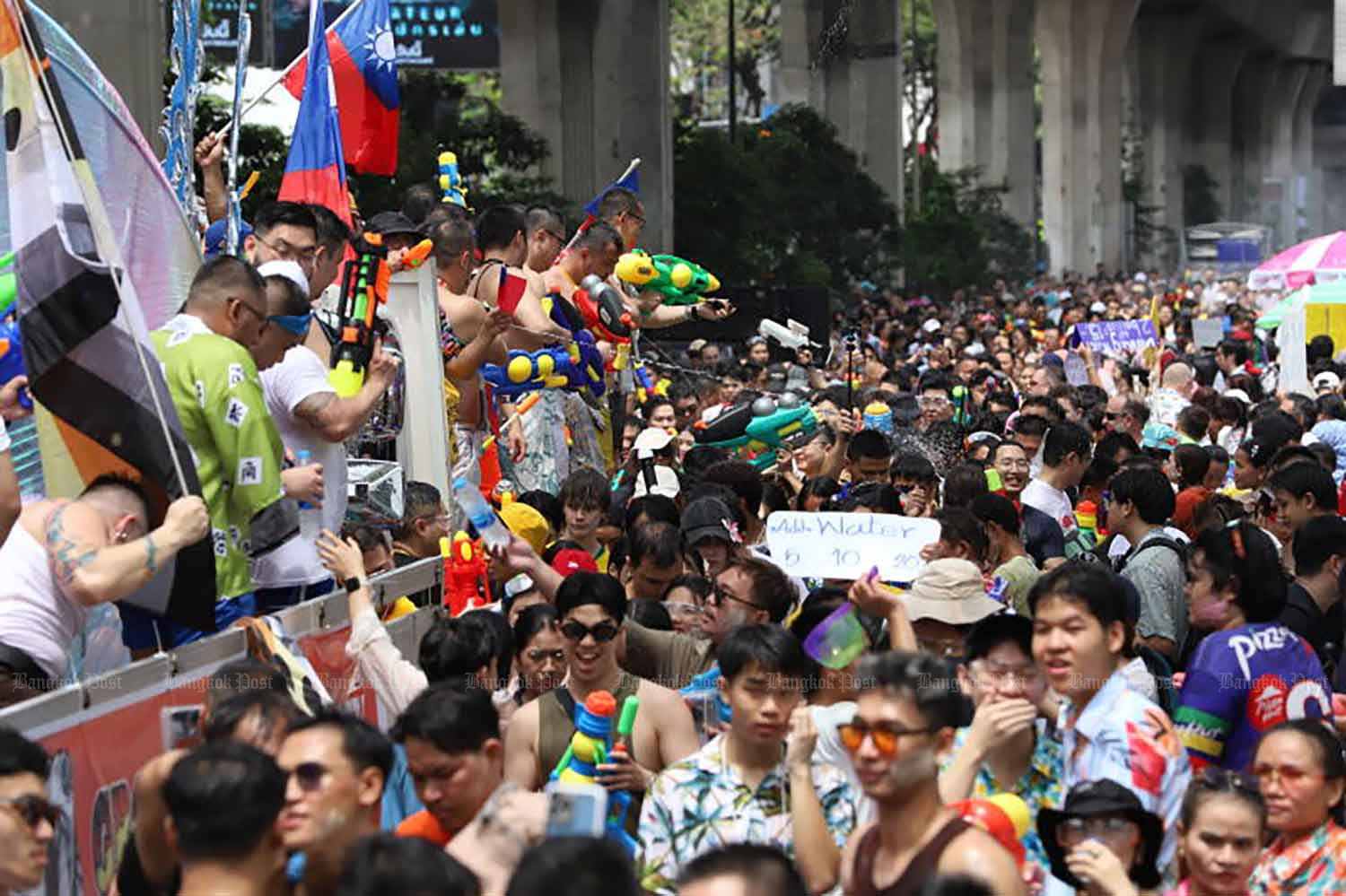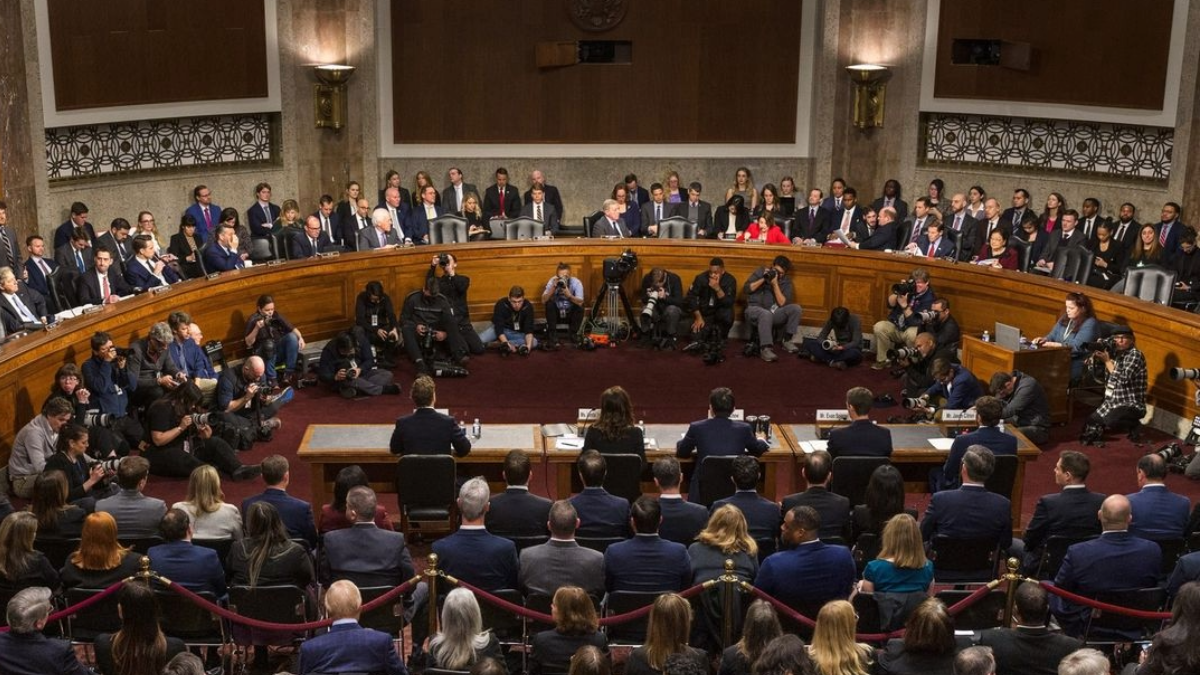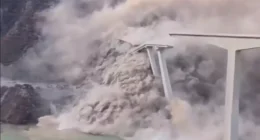Phuket Governor Sophon Suwannarat chaired a local officials meeting yesterday (September 30) to brief district officials and local government organizations on the procedures for providing disaster relief.
The meeting, held at the Phuket Provincial Disaster Prevention and Mitigation Office main building in Phuket Town, was attended by officials from Mueang Phuket, Kathu and Thalang district offices, as well as representatives from local government organizations (municipalities and Orba Tor).
An important update was provided during the meeting on the recent Cabinet decision dated September 17, 2024, which approved the Ministry of Interior’s proposed budget for fiscal year 2024 and provided emergency funds to assist flood victims during the ongoing rainy season.
The Ministry of Disaster Management and Mitigation was tasked with distributing the funds through the State Savings Bank. The assistance payment will be made through the PromptPay system, following clear criteria for the disbursement of funds. The amount of assistance will vary depending on the severity of the floods affecting the household.
Eligible recipients must be permanent residents of affected areas declared as disaster areas. They must also have a disaster relief certificate and be verified by the Provincial Disaster Management and Mitigation Office.
Assistance is only available once, even in the case of multiple disasters.
According to the official report of the meeting, Phuket province has been designated a disaster area since May 20, and 70 communities in 11 sub-districts (tambons) have been affected in all three districts. Residents who require further assistance can contact their local authorities for more information. According to the Cabinet decision, this assistance is only available to Thai nationals.
